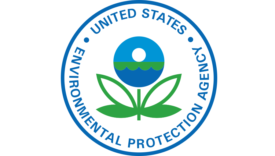Home » Regulations
Articles Tagged with ''Regulations''
How Digital Coatings Formulation Platforms Can Help Accelerate Innovation
Read More
Keep the info flowing with our eNewsletters!
Get the latest industry updates tailored your way.
JOIN TODAY!Copyright ©2025. All Rights Reserved BNP Media.
Design, CMS, Hosting & Web Development :: ePublishing








